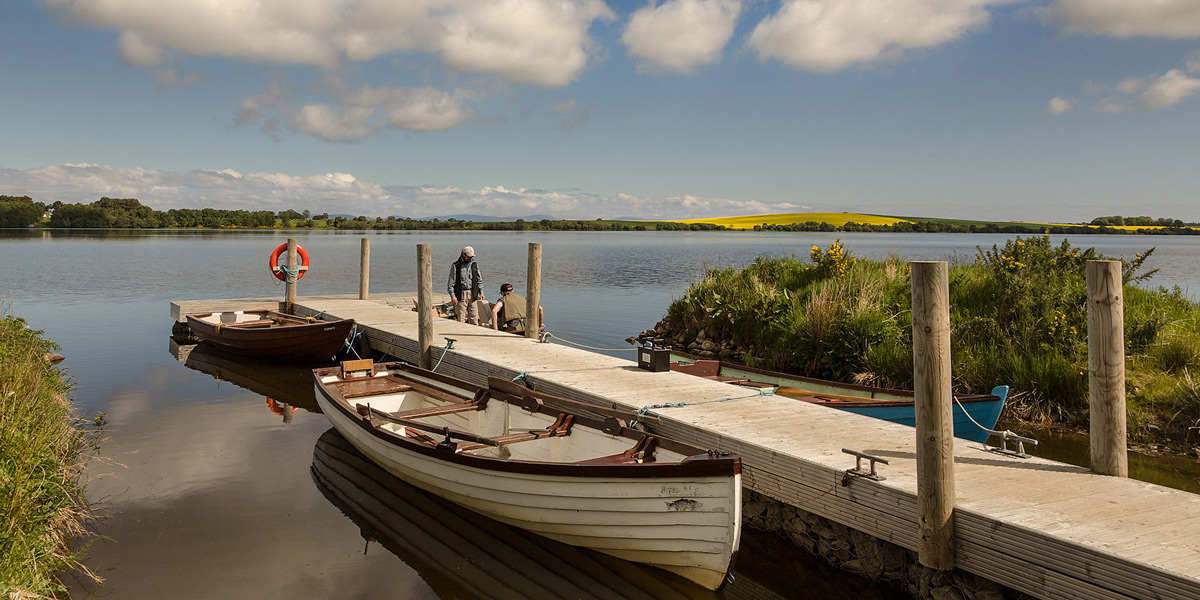If you find this page informative, check out HiFly Fishing; our subscription-based website. The HiFly map has much wider coverage including Orkney & the Hebrides and includes more than 5 x the number of fisheries. In addition, there are listings on the HiFly website for nearly 5 x more fisheries than displayed here.
Loch Eye is Easter Ross' finest wild brown trout fishery and one of the very best lochs in the Highlands. It is situated in rolling farmland between the Cromarty and Dornoch Firths near the town of Tain.
Unfortunately, there are no day tickets or boat hires available today for visiting anglers. TroutQuest let boats on this loch for 15 years, but the proprietors no longer permit this. We are however, still able to offer guided fishing trips here.
Eye is a relatively large, shallow, eutrophic (nutrient-rich) loch. It lies at an elevation of just 15m above sea level, extends for approximately 1.5 miles (NE to SW) and covers an area of approximately 158 ha/390 acres.
It lies on an exposed peninsula, with little shelter when windy, and careful use of a drogue can be essential to slow your drifts in these conditions.
The loch has a typical depth of just 1 to 2m, which means trout can be caught just about anywhere, though we do have preferred drifts (!).
There is some marginal and extensive subsurface vegetation which reaches its maximum coverage in mid-summer. In periods of prolonged sunny & hot weather, the loch can be affected by algae, hence the very best fishing is from early May through until mid July, but this loch is well worth a visit throughout the season.
The shallow weedy conditions sustain rich invertebrate life, as well as crustaceans and sticklebacks, and the loch has huge hatches of all the important aquatic insect groups throughout the season. Brown trout stocks are exceptional, and the rises that accompany fly hatches can be spectacular.
An average bag for a day's fishing would normally include several fish between 1 and 2 lbs. Wild brown trout of 2-3 lbs are regular occurrences, with trophy trout of 4-5 lbs and more caught occasionally. As the feeding is so rich, trout appear sometimes to gorge themselves, and so the fishing can also be very quiet for long periods, and even extremely dour on occasions.
Bank fishing is not permitted, and only electric motors are allowed. Ospreys can be seen daily throughout the season, as well as various waterfowl and the occasional otter.
















